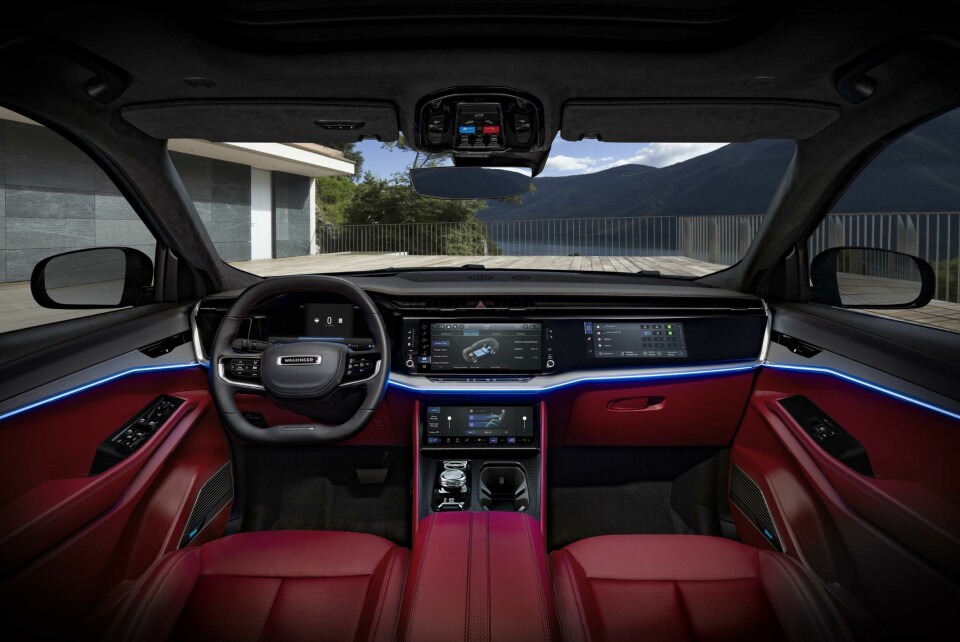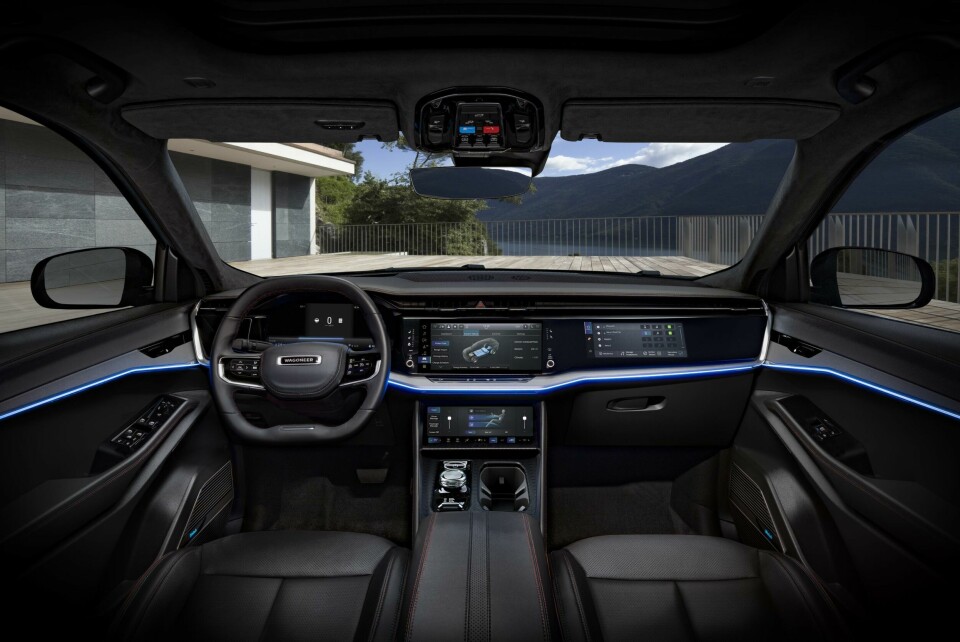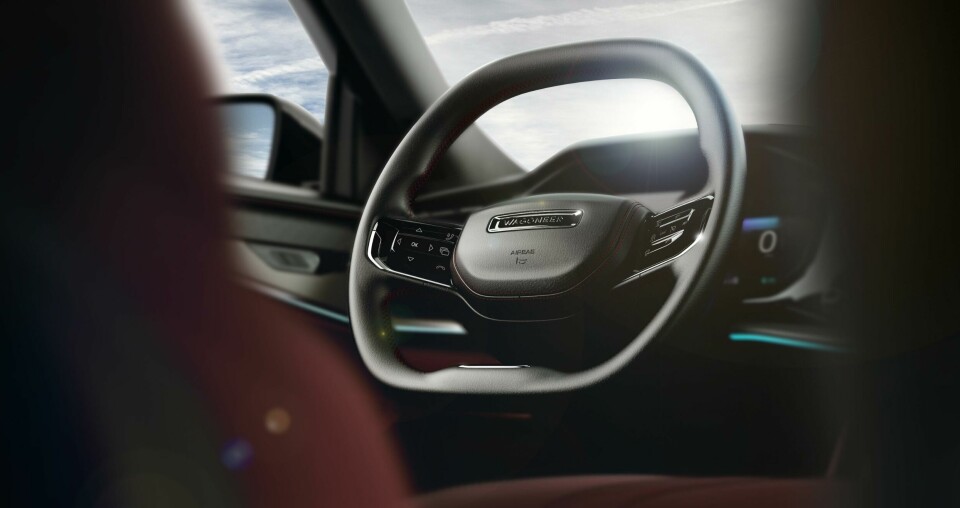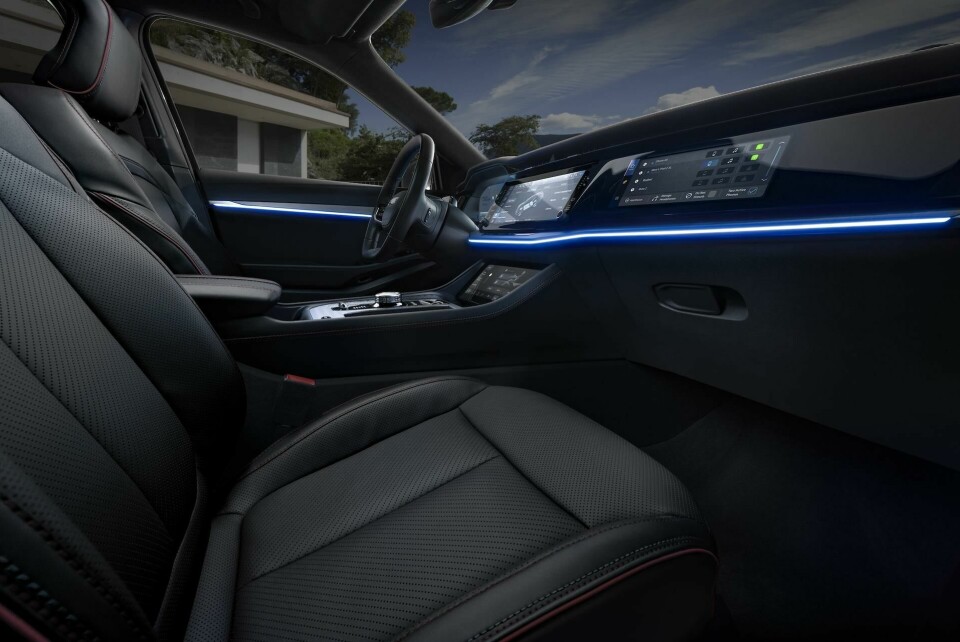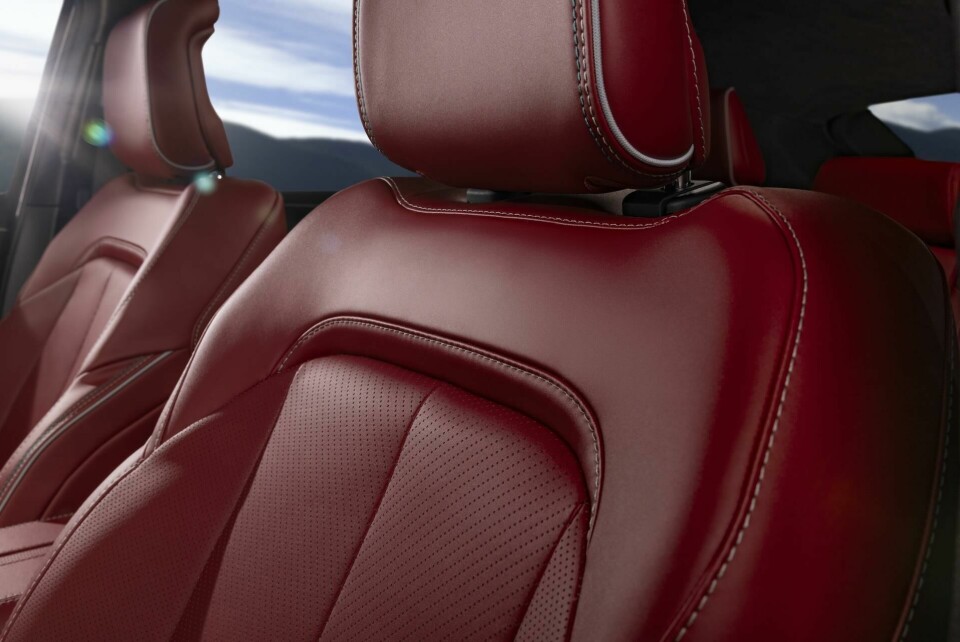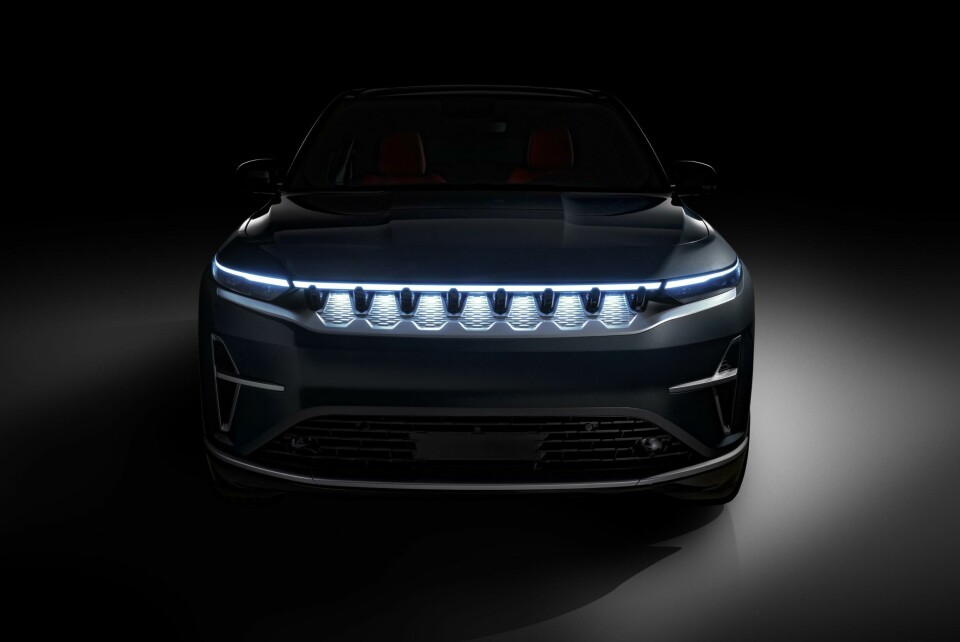
Jeep casts light on new Wagoneer S
The new Jeep Wagoneer S showcases a significant design shift for the American marque. We spoke to Jeep’s head of design at a preview event in Germany
The Jeep Wagoneer is argued by some to have been the first premium SUV. There are those at Land Rover that dispute this, but what’s bit of friendly debate between OEMs. What matters is that the Wagoneer has been around since 1962 and has firmly written its name in the automotive history books.
The nameplate returned in 2020, with a new model going on sale in 2021. There’s plenty of evolution in its design from previous models, but now there’s a Wagoneer S and it’s nothing like the the regular Wagoneer at all.
For starters, it’s battery-electric, but it looks very different. To get some insight into it, Car Design News attended a preview in Mainz, Germany and spoke to Vince Galante, head of Jeep Design. Given how very different the new model looks, is it a sign of a new design language?

“It was more how do we push Jeep into a new space that respects the heritage of Jeep, but moves us into the future,” says Galante. “We always think of Jeep as iconic and traditional, but if you look back through its 83 years of history, there’s some pretty wild stuff that Jeep has done throughout the years. Jeep has not been afraid to take some risks, have some fun and try new things. I think we wanted to do the same here.”
It’s not really something wild and out there, although Jeep is pushing its performance characteristics. It has even gone so far as to create a promotional video with a race between the Wagoneer S and a Tesla Model Y. The idea is that it’s like a Jeep SRT model for an electric era. That’s all to do with the engineering and dynamics, but back to the design and what are the key elements that still make it a Jeep?
“We have the traditional Jeep elements; seven slat grille, trapezoidal wheel arches, iconic two-box profile,” says Galante. “Deeper than that, all Jeeps have an athleticism, strength in the sheet metal that you get from the shapes through the door, the flares that are muscular and stuck out there with the wheels. I think that’s something you’ll see in all Jeeps. It’s not one detail or the other, it’s all of them in combination to give it a kind of overall strength.”
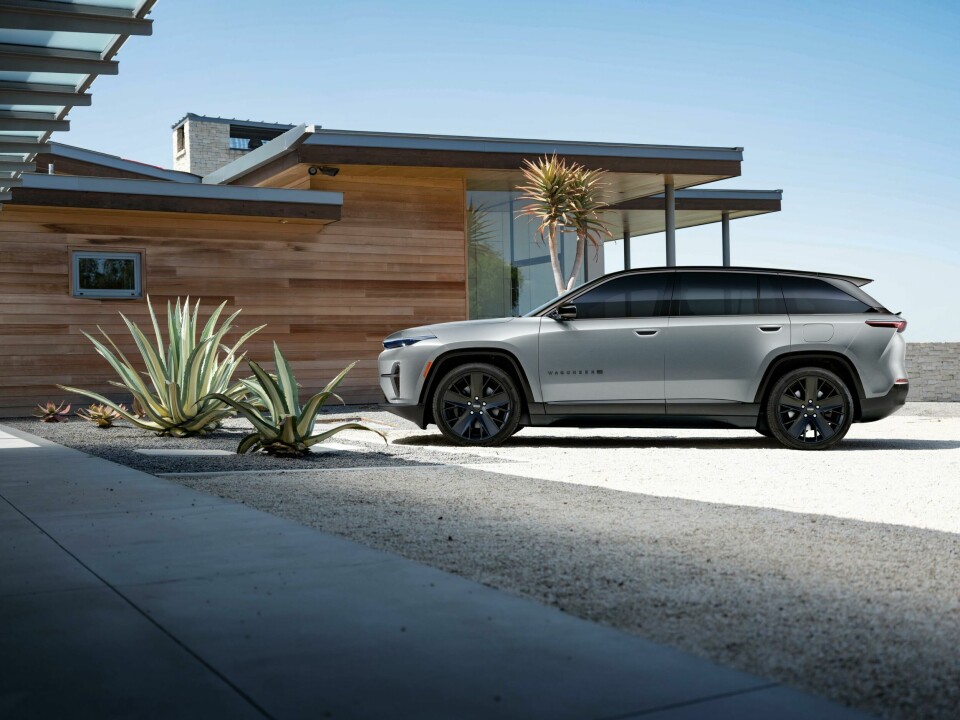
Of those key elements, the one that draws the most attention is the new seven slat grille. The Wagoneer S is fully electric and Jeep design is traditionally about form follows function. Galante says that being an EV means that the grille doesn’t have to breathe and so the team looked for inspiration in lighting and architecture. In particular the way architects implement cast lighting on buildings to create shapes and mood. This has enabled the team to create a new signature for both day and night, one that night be slightly controversial to Jeep traditionalists.
“I hope the first people say is “wow, that’s a Jeep?” Then they see the seven slats, especially when it’s coming down the road and night and they know exactly what it is,” he says.
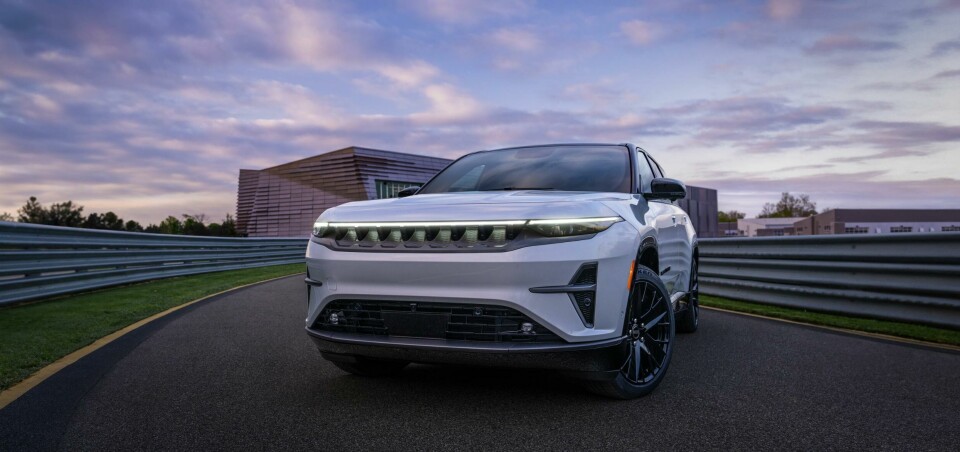
The change to the iconic grille is very obvious, but it is perhaps more so given what appears to be a reductionist approach to the overall look. Galante says the idea was to keep it simple in order to highlight just the key lines. “Everything is very simple with less ornamentation,” he says. “Some of that is aero but some of it is just where we see the future going, this reduced kind of appearance.”
We want to make sure that if you want the technology off, it goes away
Aero influenced much of the design, particularly through the centre of the Wagoneer S. That includes the flow over the roofline and through the large floating rear wing. It has created the most aerodynamic Jeep ever, but the challenge then was to add the Jeep elements. Galante says that the aero commitments made giving it Jeep boxiness was tricky, but he thinks the team have preserved that identity while doing so in a new way.
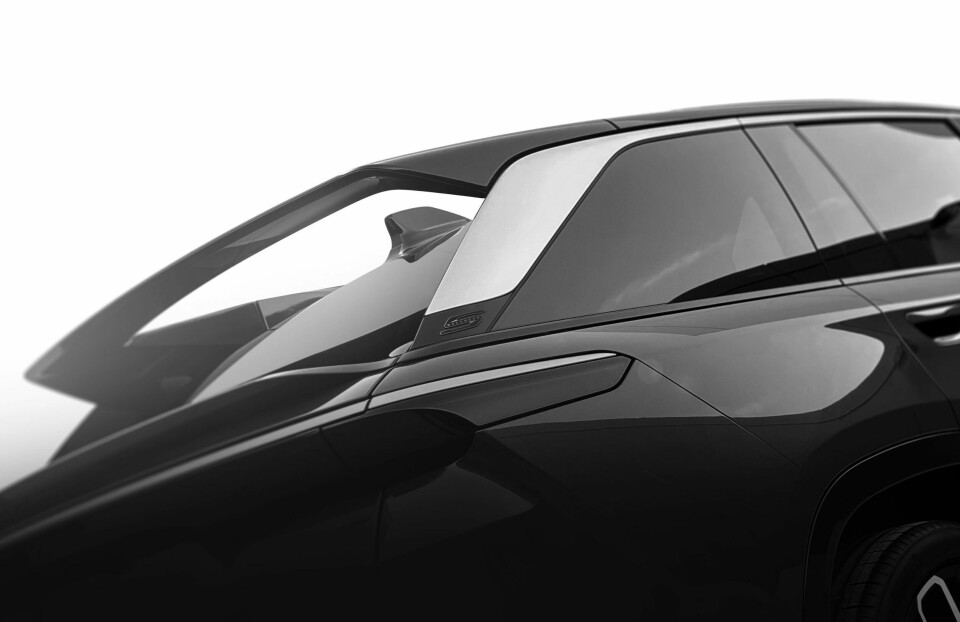
A new approach was also taken to the interior, where Galante and the team sought to emulate the idea of the original Wagoneer, to combine a premium ambience with technology. Time has moved on from the days when technology simply meant electric windows though, today it means integrating screens, connectivity and future-proof materials.
“The solution that we came up with was a wing that stretches from one A-pillar to the next,” he says. “For one, it emphasises the width and creates a very nice sense of space. It also gave us something to capture the glass that runs from one side to the other and integrate the screens within. The result is an interior that blends multiple materials and technology together in a very elegant way.”
On the subject of materials, the door trims feature vinyl, LED lighting, aluminium and wrapped leather. Unusually for a Jeep, what you won’t see is chrome, not even on the exterior. The Wagoneer S is the first Jeep to be completed chrome free. Instead, the team have used satin finish paints. Other coatings include ceramic coated aluminium on the centre console, something Galante says is scratch and fingerprint resistant.
Other details include a two-spoke steering wheel like the 1963 Wagoneer, a detailed jewellery approach to the gear shifter and the terrain selector switch. There are real switches for and dials for volume and climate controls, something Galante says the team pay very close attention to getting right.
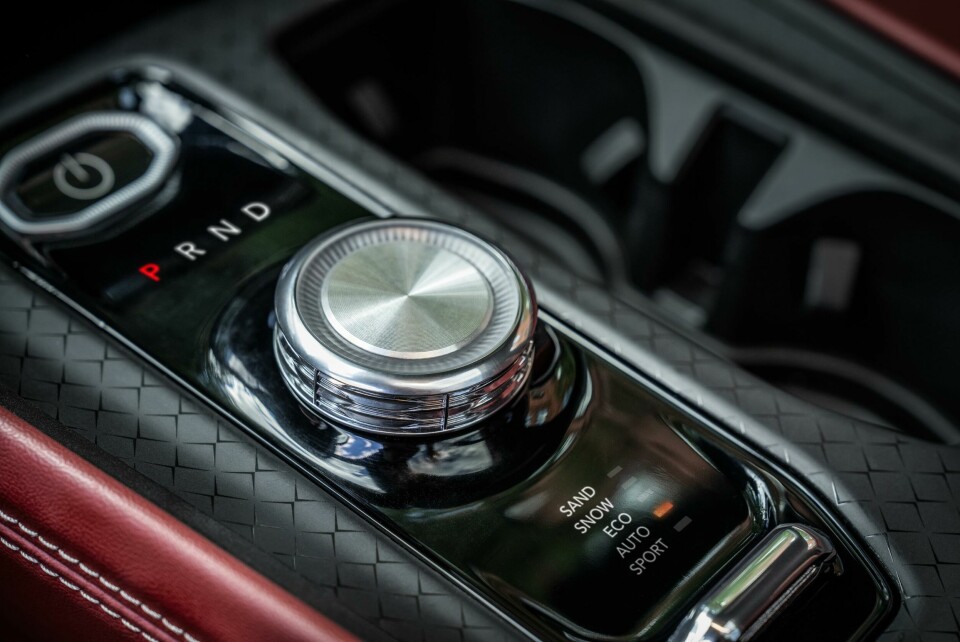
Then there are the screens, all 45 inches of them, but the designers have taken a different approach to some rivals. “This is a Jeep, so it’s not our methodology to just put a floating tablet in the middle of the vehicle,” says Galante. “We want to make sure that if you want the technology off, that it goes away. If you tap the technology on, it’s presented and so all 45 inches of screens are hidden behind glass.”
Jeep has its youngest design team ever, all of which are Millennials or Gen Z says Galante. It includes the full range of traditional automotive design roles, but also fashion designers and gamers, the latter contributing significantly to the UI and UX systems.
The Wagoneer S appears to be a new Jeep for new customers. It’s also a global Jeep, designed predominantly in the studio in the US, but there’s no arguing that there’s also a European design approach to the styling. Galante might not commit to calling it a new design language for Jeep, but how well it is received is likely to influence the Jeeps of the future.
